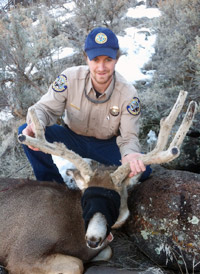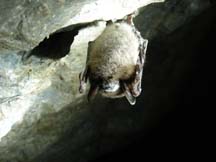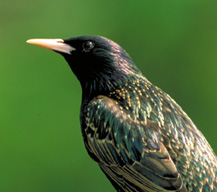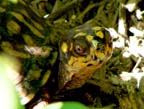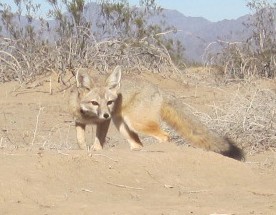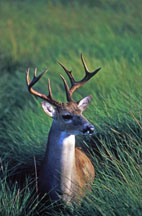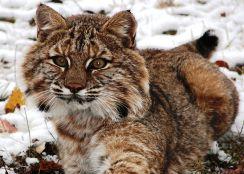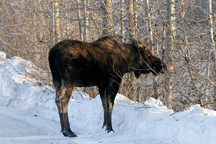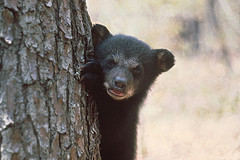 Last week the Florida Fish and Wildlife Conservation Commission announced that it would go ahead with its black bear management plan, as well as with the plan to remove the animal from the state’s threatened species list. (Read the press release here. For the management plan itself, go here.) Florida has seen an increase in black bears, which has fueled speculation that the Commission might allow bear hunting in the future, a point mentioned in this article in the Tampa Bay Newspapers.
Last week the Florida Fish and Wildlife Conservation Commission announced that it would go ahead with its black bear management plan, as well as with the plan to remove the animal from the state’s threatened species list. (Read the press release here. For the management plan itself, go here.) Florida has seen an increase in black bears, which has fueled speculation that the Commission might allow bear hunting in the future, a point mentioned in this article in the Tampa Bay Newspapers.
As black bear populations grow in the East, discussion of hunting as a management tool is prevalent. This NPR story on bear population increases in the Appalachians addresses the issue. Earlier this winter the desire to have fewer bears in suburban areas in New Jersey was contrasted with the desire of some not to kill any bears. Read one of the many stories covering the controversy at NJ.com.
Photo of Florida black bear cub courtesy of the Florida Fish and Wildlife Conservation Commission.

